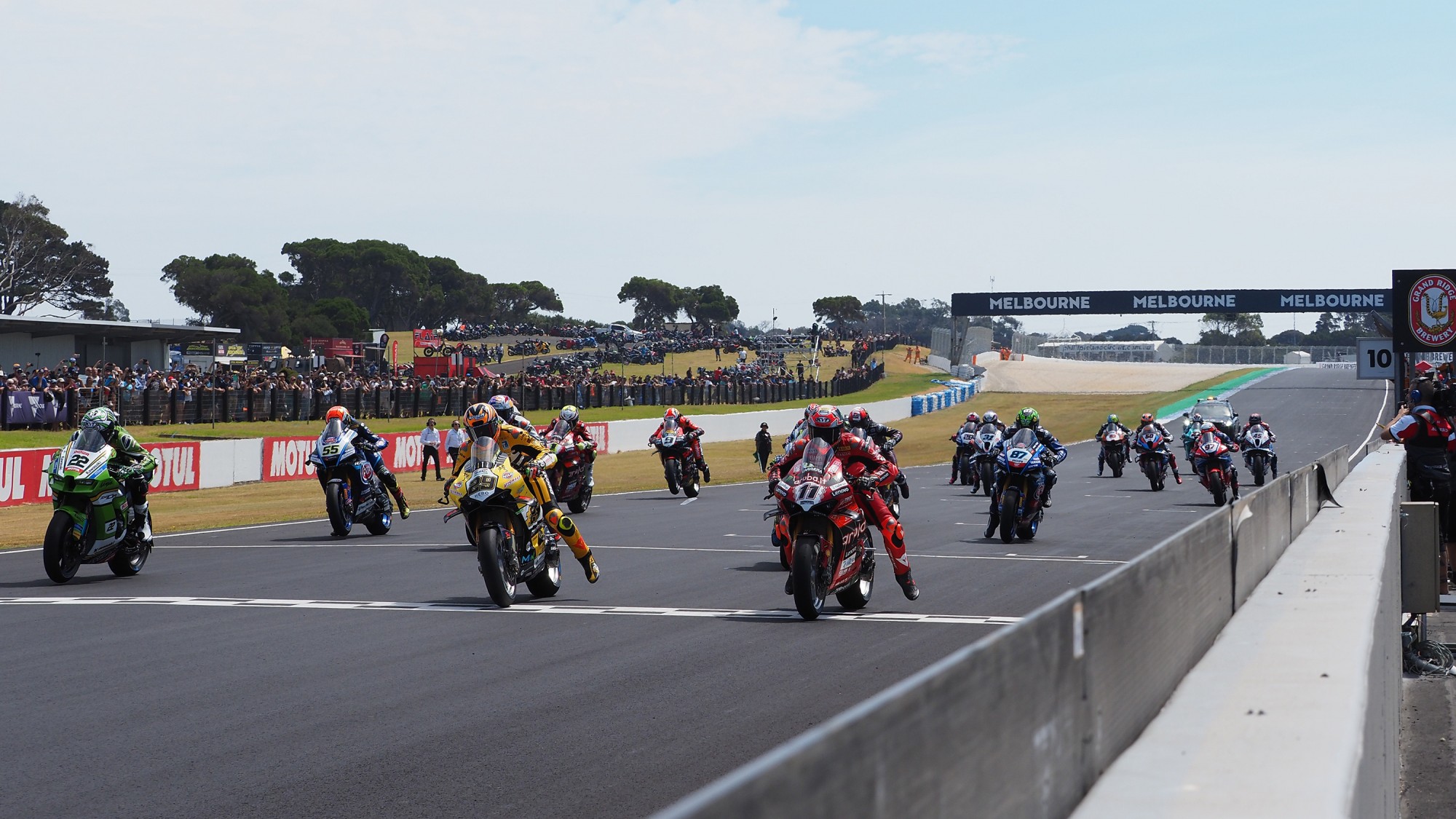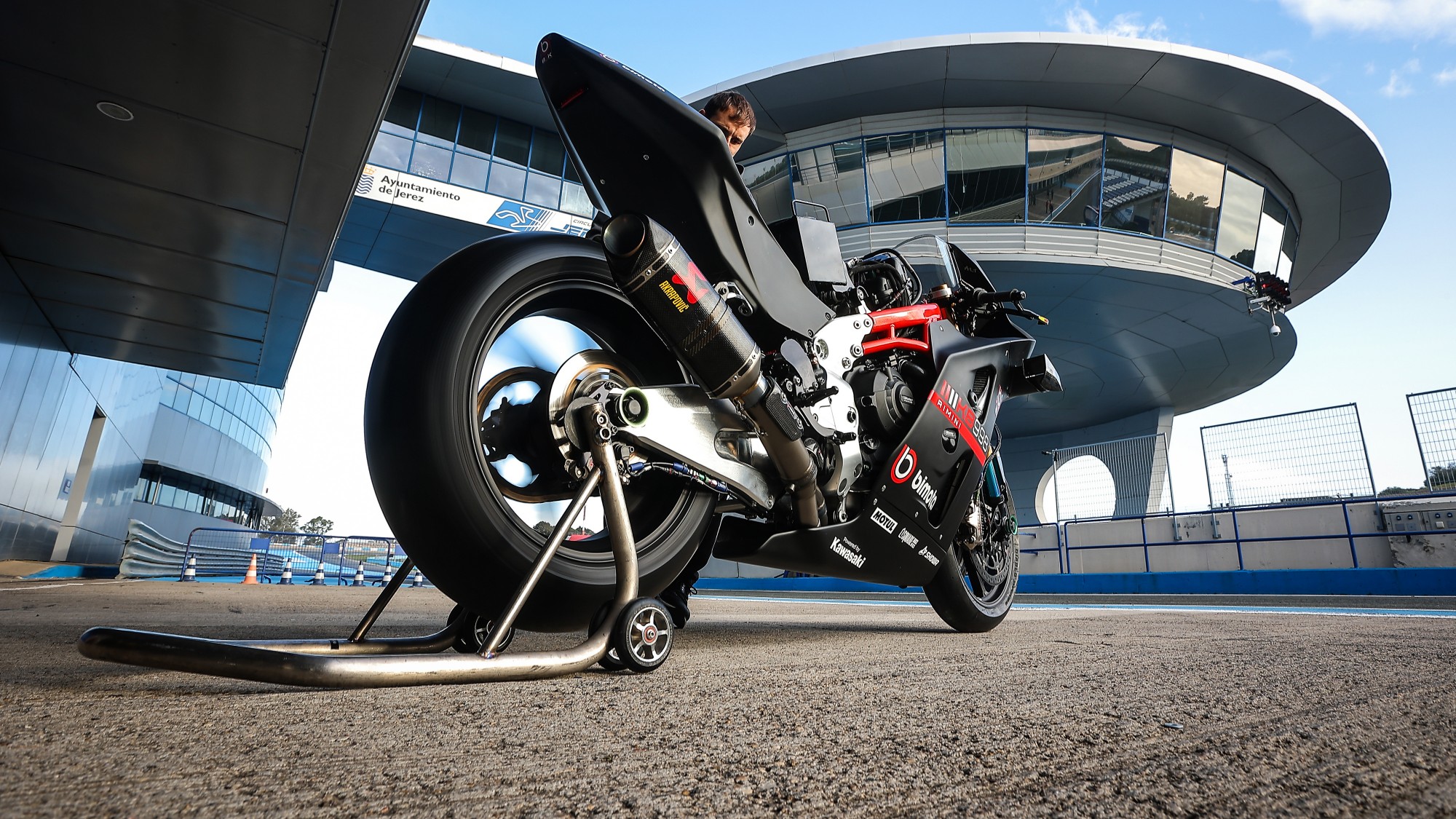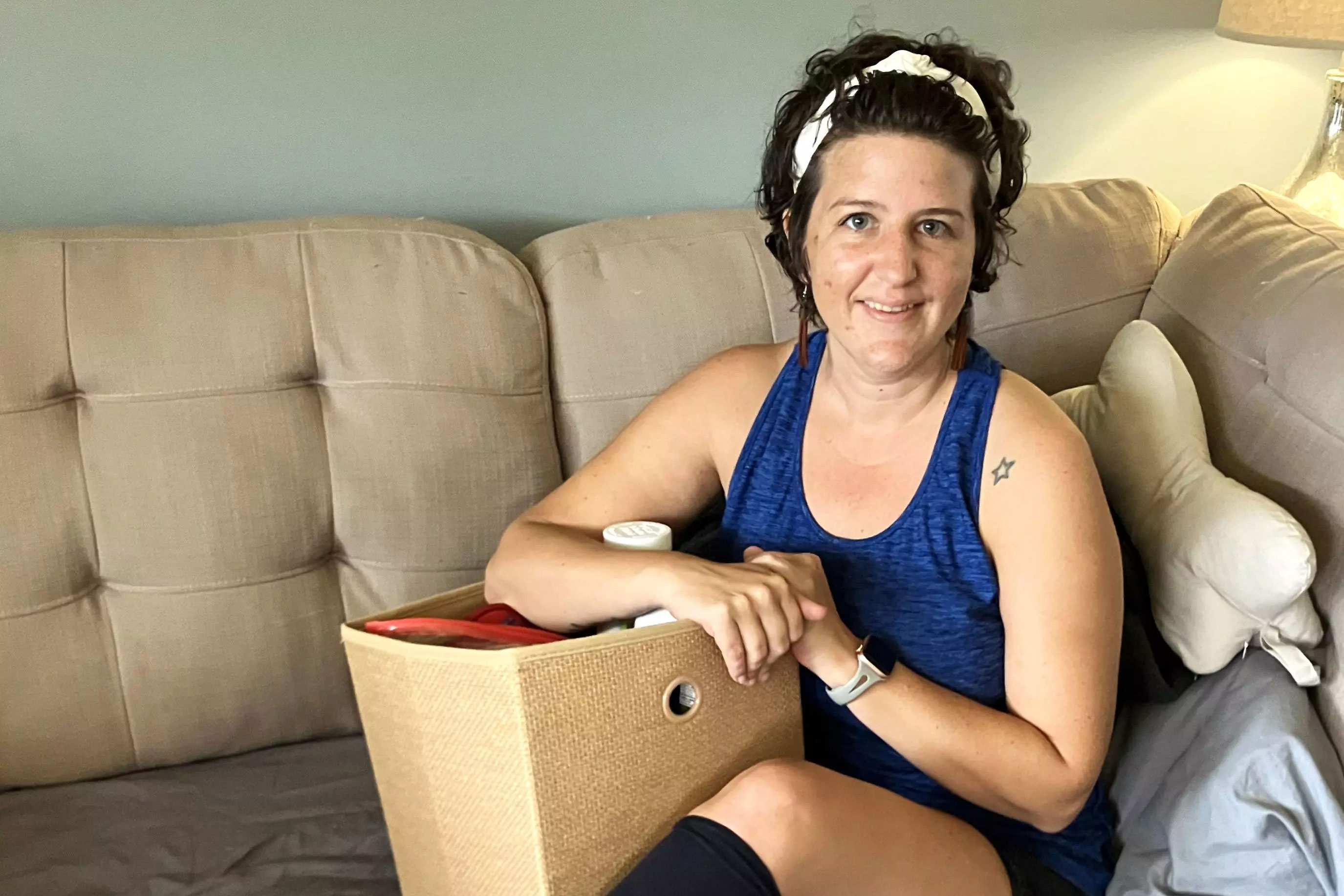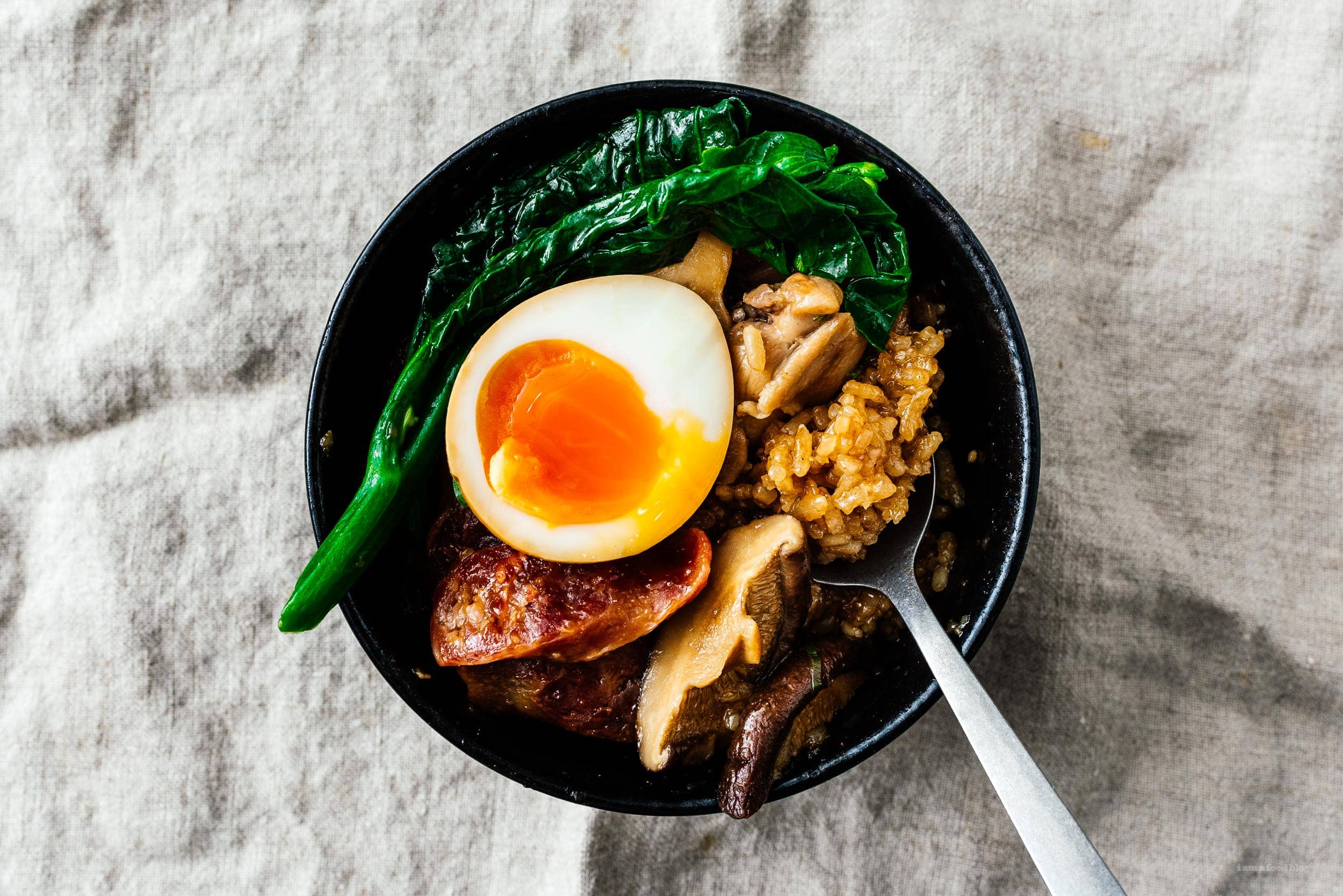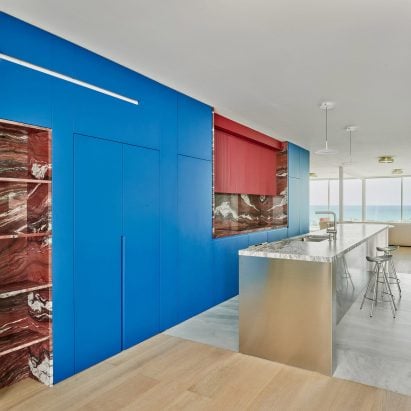Seven tropical modernist buildings in Lagos with "a lot of intelligence to unpack"
Design studio OMI Collective has created an archive documenting tropical modernist architecture in Lagos, Nigeria. Here, its founder Olorufemi Adewuyi spotlights seven stand-out buildings featured in it. The archive has been created by OMI Collective to help raise awareness of and preserve buildings of this style in the city, with many having been abandoned or The post Seven tropical modernist buildings in Lagos with "a lot of intelligence to unpack" appeared first on Dezeen.
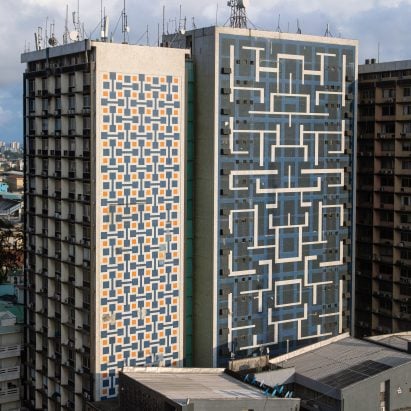
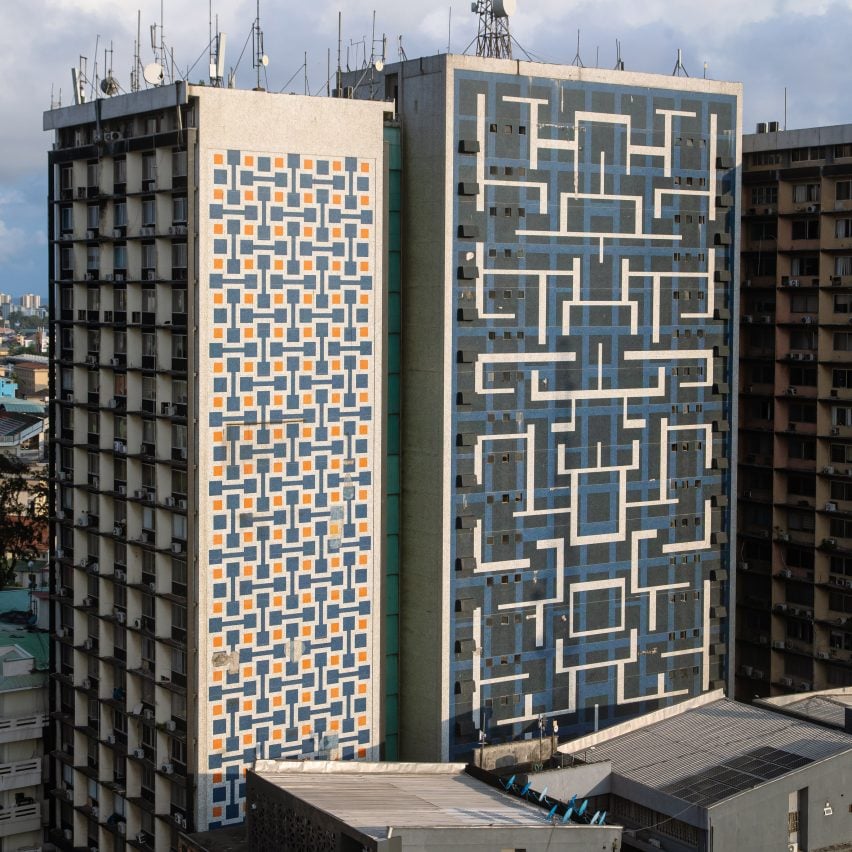
Design studio OMI Collective has created an archive documenting tropical modernist architecture in Lagos, Nigeria. Here, its founder Olorufemi Adewuyi spotlights seven stand-out buildings featured in it.
The archive has been created by OMI Collective to help raise awareness of and preserve buildings of this style in the city, with many having been abandoned or demolished.
Lagos-based OMI Collective believes that architects have much to learn from tropical modernism and by doing so can "build better".
"We think that by learning from these buildings people are going to be able to build better in this context," Adewuyi told Dezeen.
"I think that from just continuously engaging with the buildings, there's a lot of intelligence to unpack."
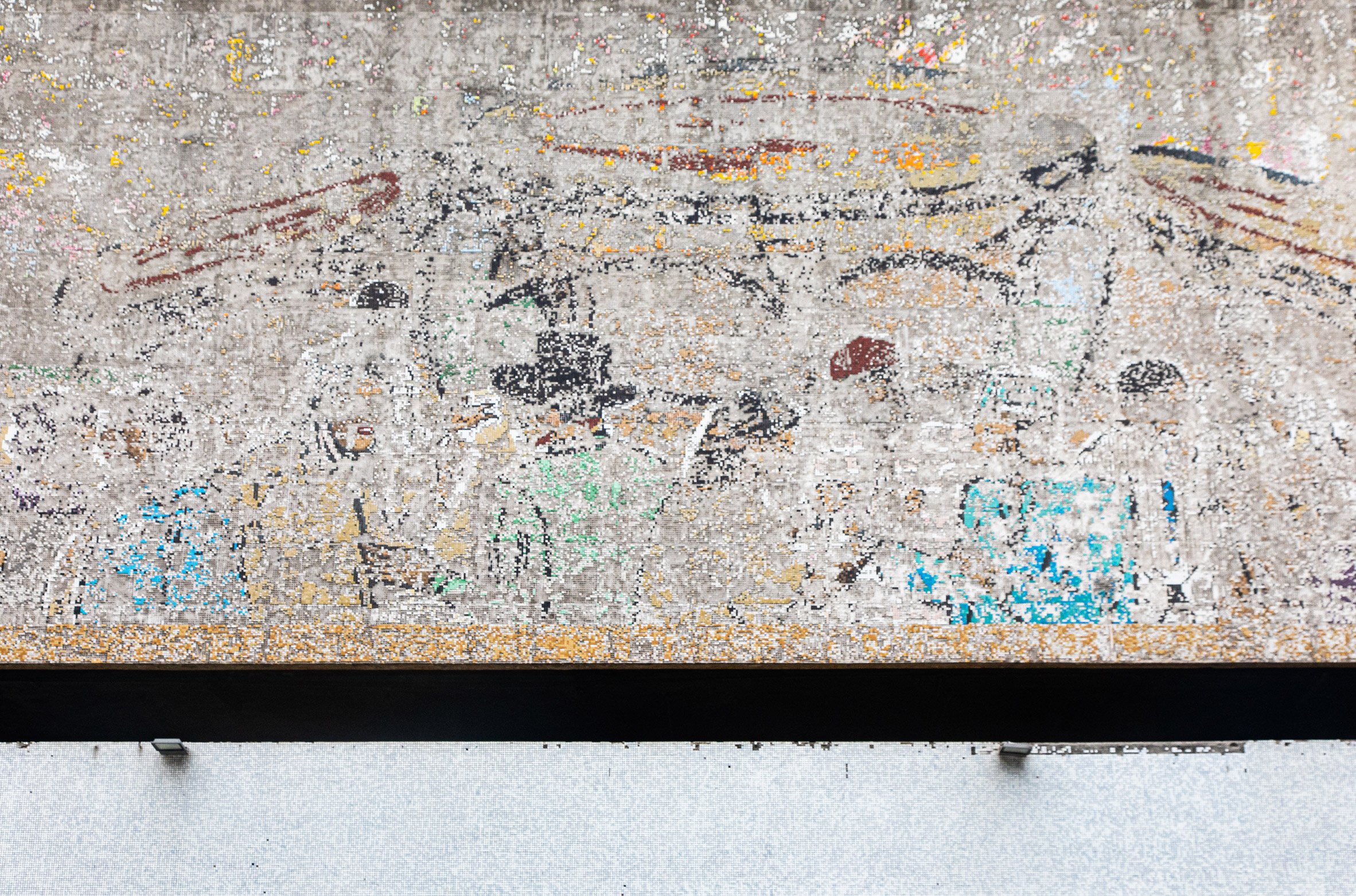
Tropical modernist architecture became a common feature in Lagos's urban landscape from the 1940s, as the architectural style spread across colonial West Africa and India. It was funded by the British government amid growing calls for independence in the region.
The style saw the fusing of European modernism with details that respond to these regions' tropical, humid climates, including brise soleils and louvres for shading and ventilation.
When Nigeria gained independence from British rule in 1960, the use of the style continued, becoming a symbol of modernity, independence and growth well into the 1970s.
The collective has created the digital, open-source archive of the buildings with partial funding from the Goethe-Institut in Nigeria. It hopes it can counteract the gradual erasure of these buildings and make education on the movement as accessible as possible.
Among the featured buildings are the Trade Fair Complex completed in 1977 and Necom House completed in 1979, currently documented through photographs.
"If architecture in Nigeria is going to really be in a significant place, more people have to be engaged, and we also have to recognise that a lot of people cannot be engaged currently because of the economic barrier," Adewuyi said.
"Also because a lot of these buildings are now abandoned, and at the same time locked down, people can't necessarily get into them," he continued.
"By doing the archive, we're basically breaking down that barrier to entry that already exists," he added. "And in that process, maybe we get more people to think really critically about architecture and about maybe even newer modes of presentation."
The archive will soon also include building surveys and maps made with photogrammetry, alongside other interactive elements that allow users to "engage with them more closely".
Alongside the buildings, OMI Collective has also begun to document decolonial murals often found on the city's tropical modernist buildings.
Read on for a look at seven tropical modernist buildings in Lagos:
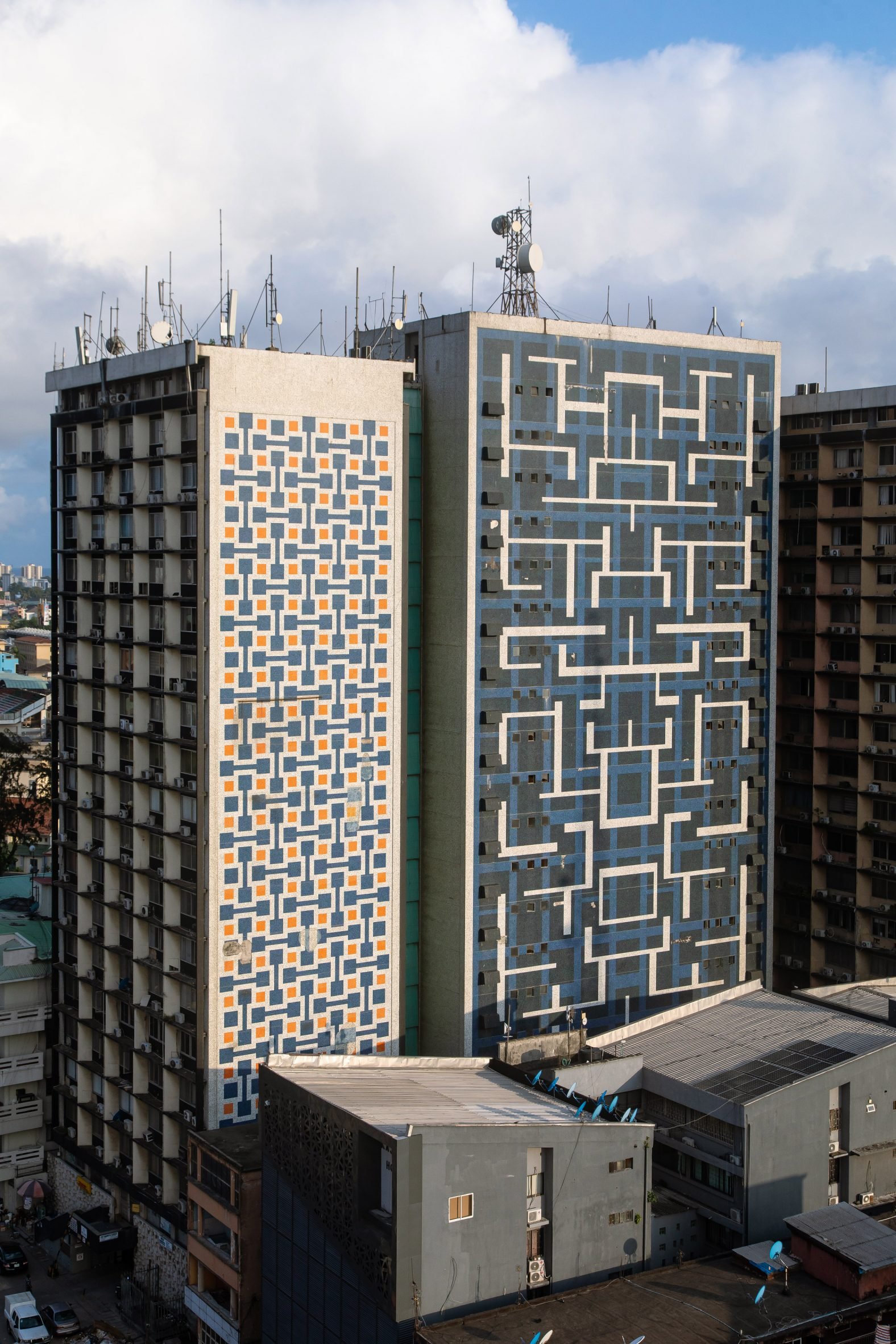
The Western House, 1958, by Nickson, Borys & Partners
"This is one of the earliest high-rise buildings to change Lagos' skyline.
"Its vast blue, yellow, and white mosaic facade, designed by Jeanne Mount, is hard to miss and leaves quite an impression."
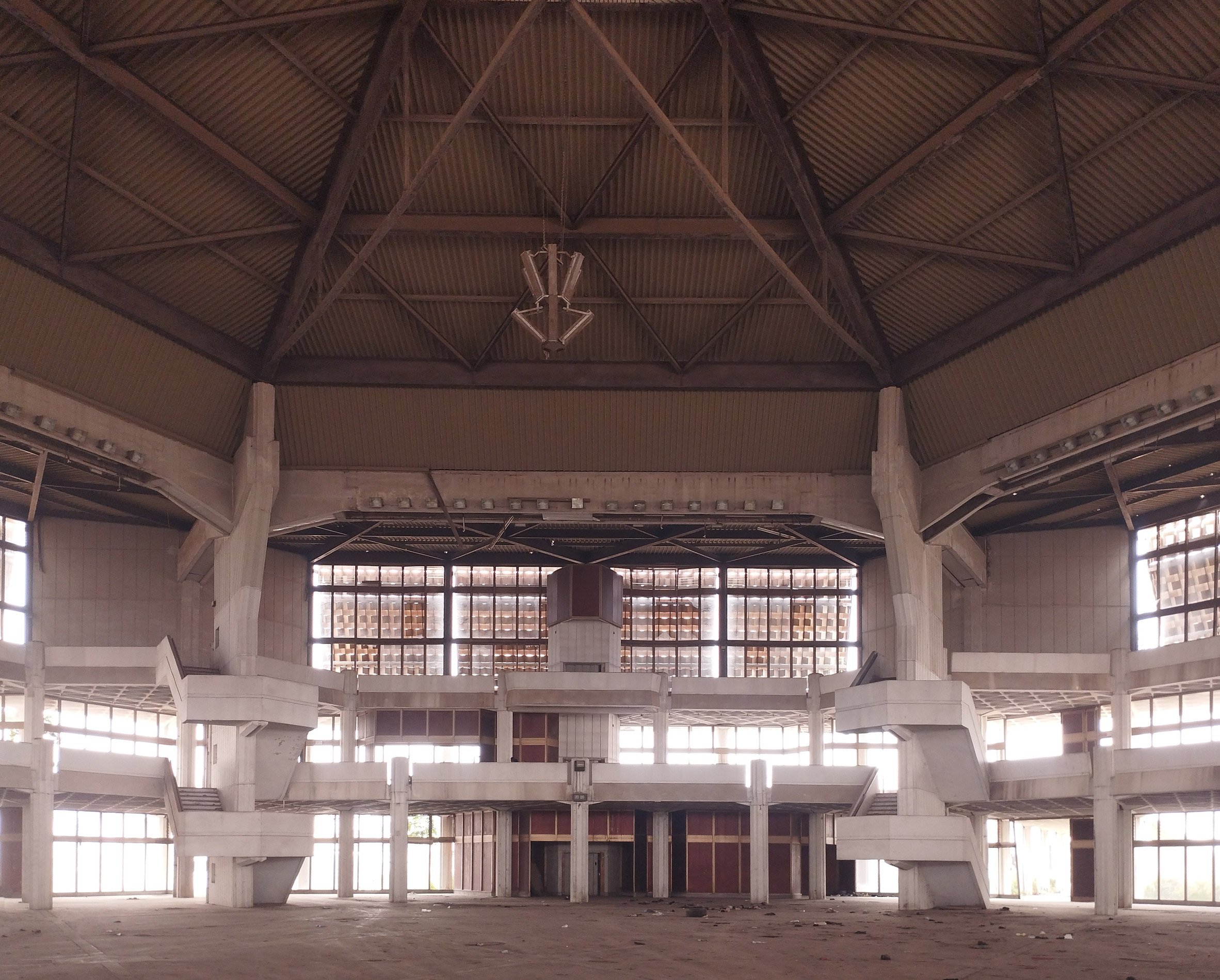
Trade Fair Complex, 1977, by Zoran Bojovic
"Commissioned during Nigeria's oil boom, this complex may have lost some of its shine, but its bronze facade still catches the eye.
"It was designed by Zoran Bojovic and Energoprojekt and is one of the country's most ambitious modernist projects."
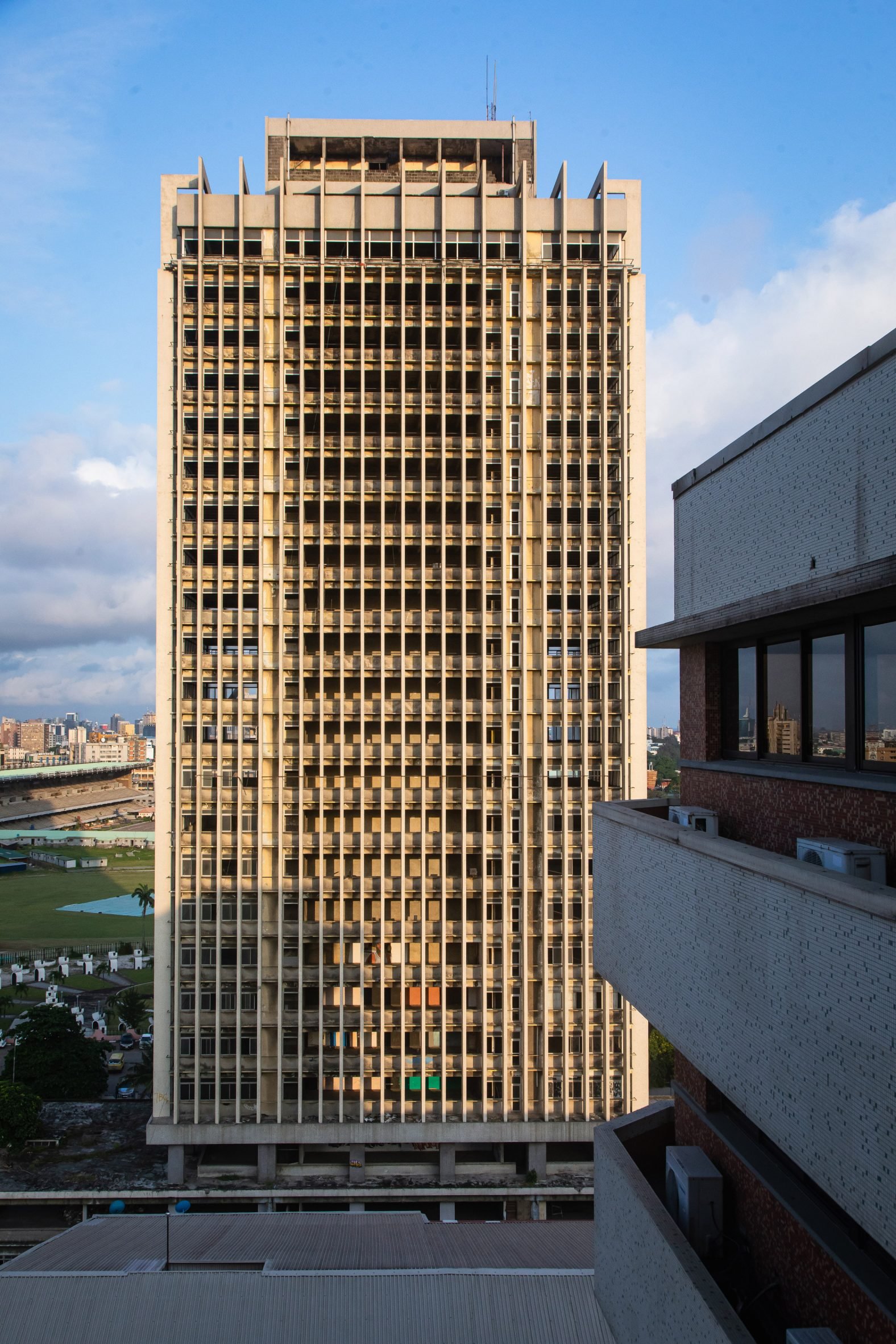
Independence House, 1960, by Federal Ministry of Works
"This 25-storey building, commissioned by the British government to celebrate Nigeria's independence, was built by the Federal Ministry of Works."
"Outside, you'll find two bas-relief sculptures by Felix Idubor and a breathtaking mural by Yusuf Grillo in the reception area."
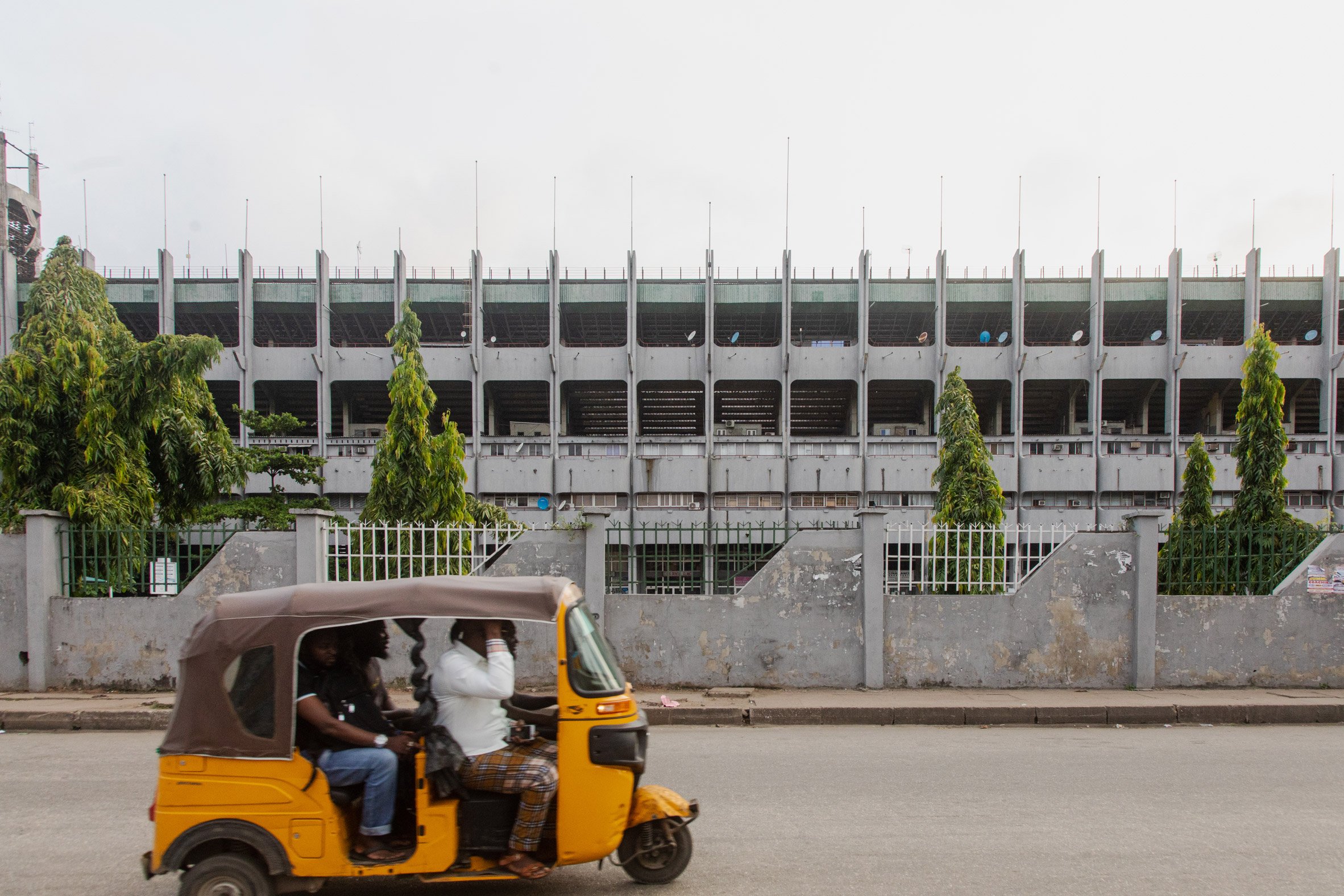
Tafawa Balewa Square, c. 1960s, by Isaac Fola-Alade
"Once known as Race Course, this 14.5-hectare space sits in the heart of Lagos' Central Business District.
"Its large sculpted metal gates designed by Paul Mount, now demolished, were a true standout feature."
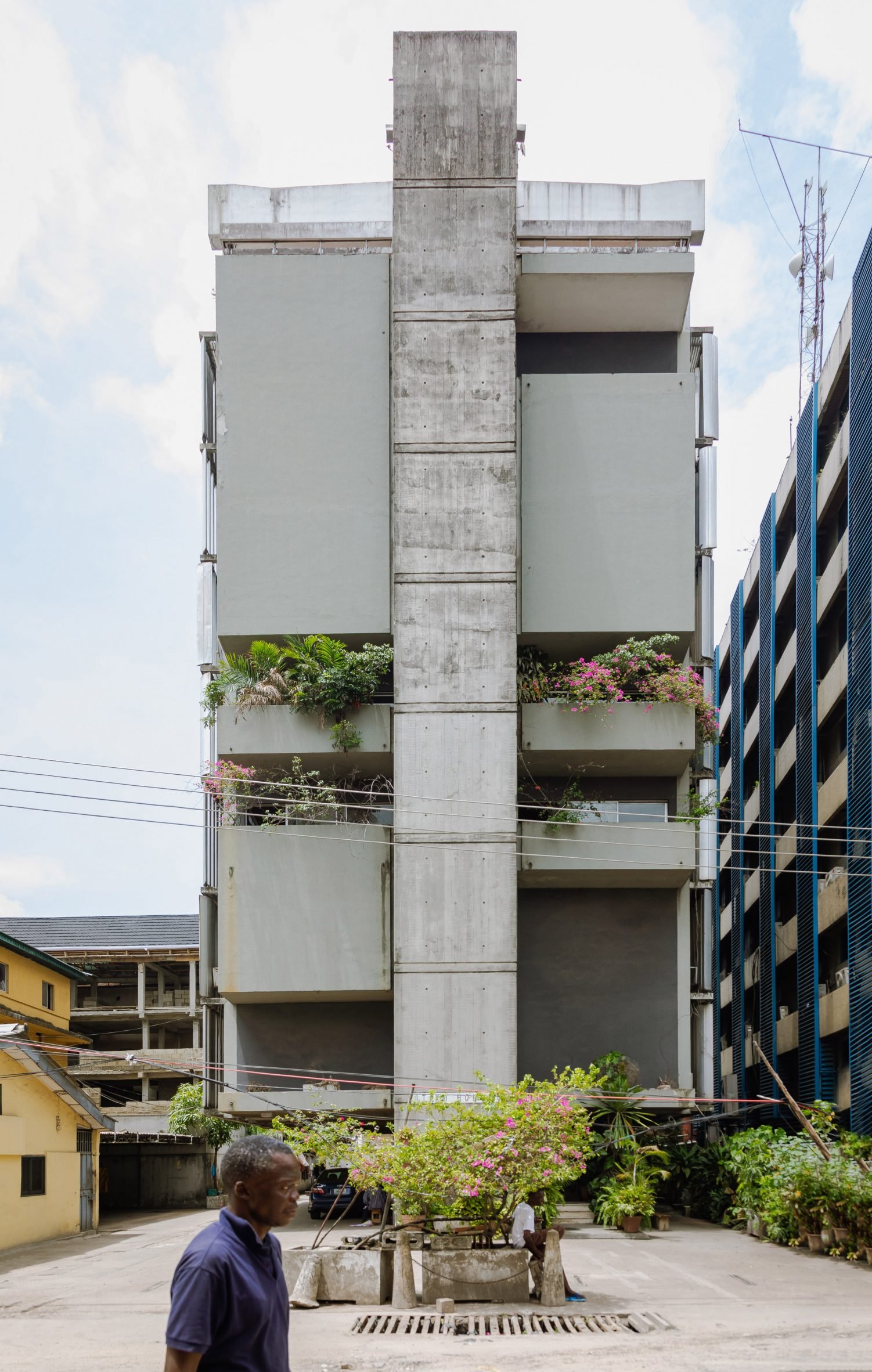
Itiku House, c. 1960s, by John Godwin and Gillian Hopwood and Eric Morgan
"Tucked away on a small plot at McCarthy Street, Lagos, is this clunky yet striking building."
"With five- to seven-metre-long cantilevered floors on both sides of its service core, it stands out for its bold structural design."
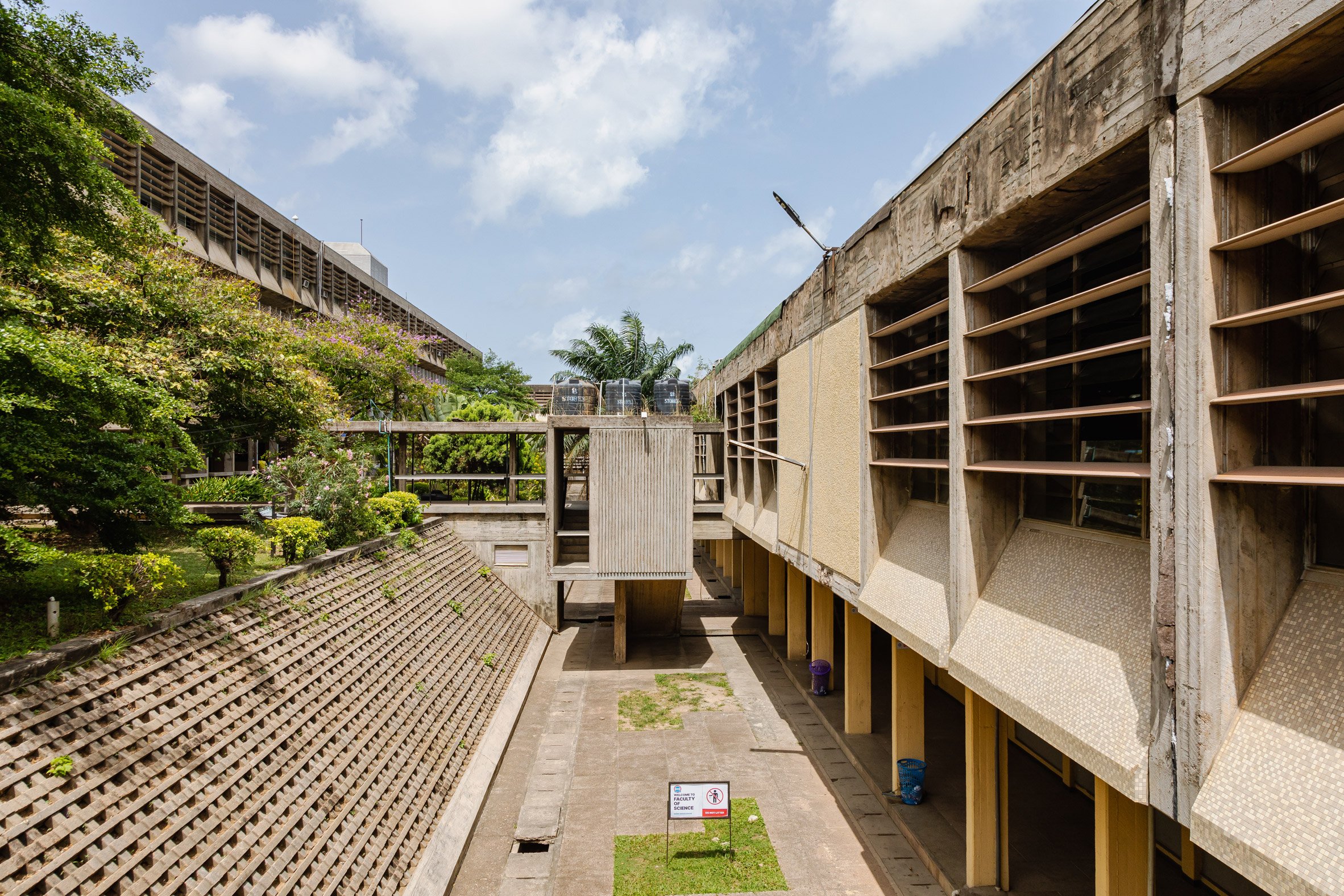
Faculty of Science, University of Lagos, c. 1970s, by John Godwin and Gillian Hopwood
"This modernist gem at the University of Lagos mediates the undulating terrain it sits on gracefully.
"It is one of the masterworks of the duo of John Godwin and Gillian Hopwood that continues to inspire."
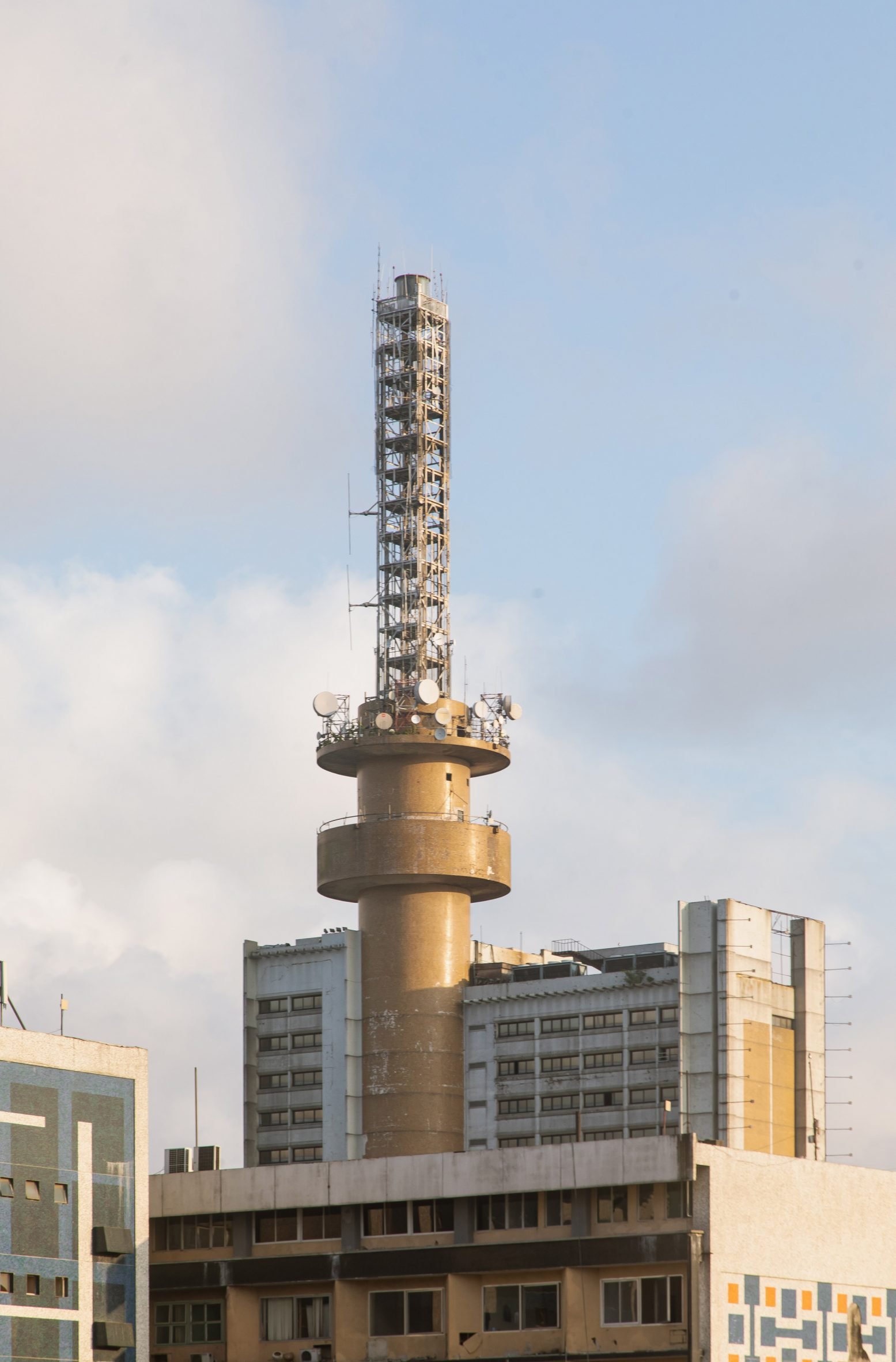
Necom House, 1979, by Nickson Borys & Partners
"Standing tall at the corner of Marina and Broad Street, Lagos, this 32-storey tower is hard to miss with its steel-on-concrete spire.
"Inside, there are also two large murals, though their creators remain unknown."
The photography is by Olajide Ayeni.
The post Seven tropical modernist buildings in Lagos with "a lot of intelligence to unpack" appeared first on Dezeen.
What's Your Reaction?




































